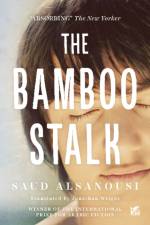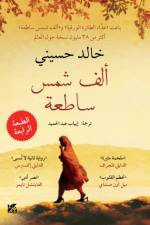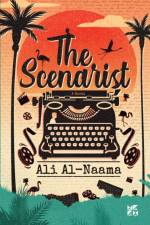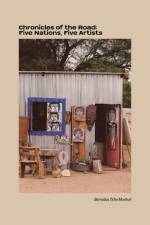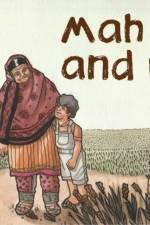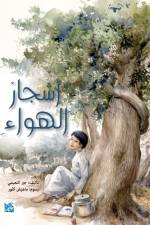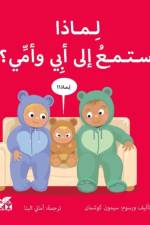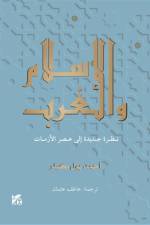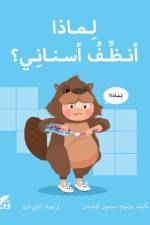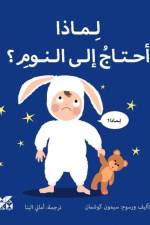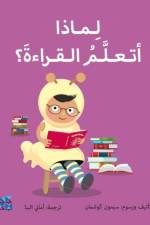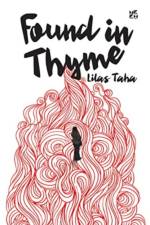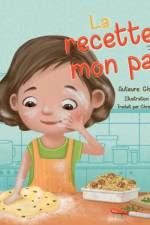av Barnabas Ticha Muvhuti
255,-
This project is the culmination of my six-month writing fellowship with the ARAK Collection. I worked on it from May to October 2023. With my experiences embedded in it, the project adopts an informal and subjective style of writing aimed at making it accessible to a broad audience.When the works in the ARAK Collection were unveiled to me, I opted to research on a quintet of artists from five different countries in the Southern African Development Community (SADC). They are Botswana's Thebe Phetogo (b. 1993), the Democratic Republic of Congo's Lutanda Zemba Luzamba (b. 1973), Namibia's Rudolf Seibeb (b. 1964), Mozambique's Nelly Guambe (b. 1987), and Zambia's Victor Kalinosi Mutale (b. 1971). I deliberately skirted over the many South African artists in the collection because most of the writings on art from the SADC region focus on the country. This is due to its high concentration of art institutions in the form of galleries, museums, and universities, art historians and critics, as well as publishing platforms. Thus, South Africa leads the charge when it comes to activity and writings on art history and the contemporary arts scene. Therefore, this project aims to expand the canon by directing the reader towards artists from nations neighbouring South Africa.On the 19th of July, I left Cape Town on a road trip that took me to Windhoek past the Noordoewer/Vioolsdrif border crossing, proceeding to Gaborone via Buitepos border post, then to Lusaka past the multinational Kazungula Bridge. From Zambia's capital city, I headed to Chimoio past the Forbes border post, after some brief stopovers in Livingstone, Victoria Falls, Bulawayo, and Mutare. From Chimoio, I then proceeded to Maputo before returning to South Africa past the Lebombo border on the 11th of August. This was my fieldwork research trip during which I met and engaged with the selected artists and cultural practitioners in the art sector.My interviews with them were semi-structured, allowing me to draw as much information as possible from them. The main motivation for the trip was to gain an in-depth understanding of parts of the Southern African region, or the selected artists' respective contexts which inform their practices. In the process, I also engaged strangers on the buses, the taxis, and on the streets. At times, I also diverted to outlying areas like Okahandja, where I met Seibeb, Matsieng, the heritage site referenced by Phetogo and Ndeke Village, where Mutale resides and works from.I realised that immigration officials were only allowing me a maximum of ten days, of which I required less. At the Mozambican border, I was asked to produce a COVID-19 vaccination certificate, which was quite unusual. I did not have to travel to the Democratic Republic of Congo as Luzamba is based in Cape Town. Where necessary, I did follow-up engagements with the artists via WhatsApp. In the process, one thing led to another and ideas and theories developed as the interactions ensued. I then travelled to Doha, Qatar in November to take a closer look at the artworks of the selected artists, and to have a cultural experience of the city and country where the collection is housed.The research employs a biographical approach. Oral historian Joanna Bornat indicates that "biographical methods is an umbrella term for an assembly of loosely related, variously titled activities [which include]: narrative, life history, oral history, autobiography, biographical interpretive methods, storytelling, auto/biography, reminiscence" (2008: 344). This project is quite experimental in that it brings together three artists who do figurative work and two who are into abstraction. It is an attempt to find common ground in their diverse practices through an exploration of their respective local contexts.

